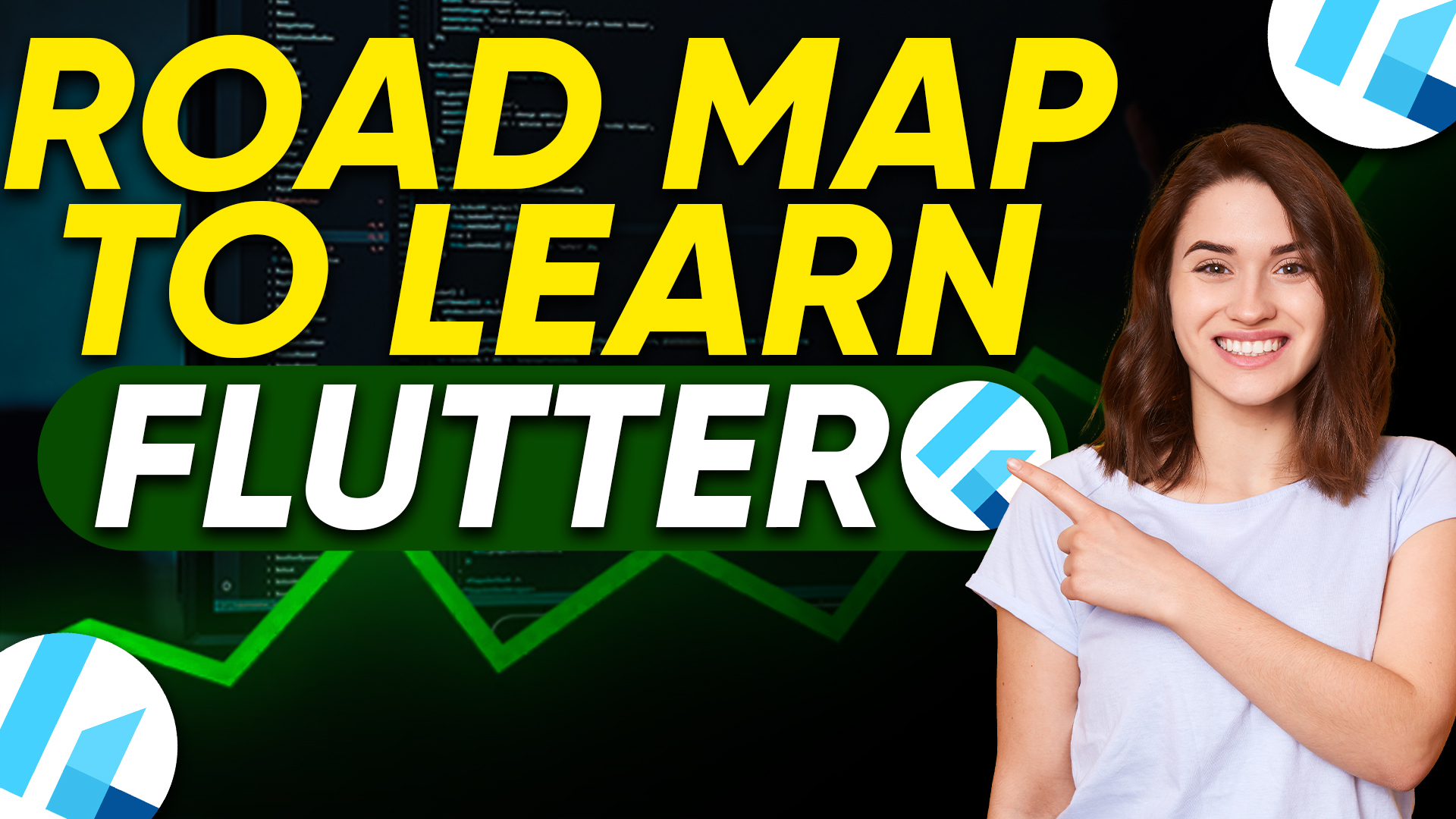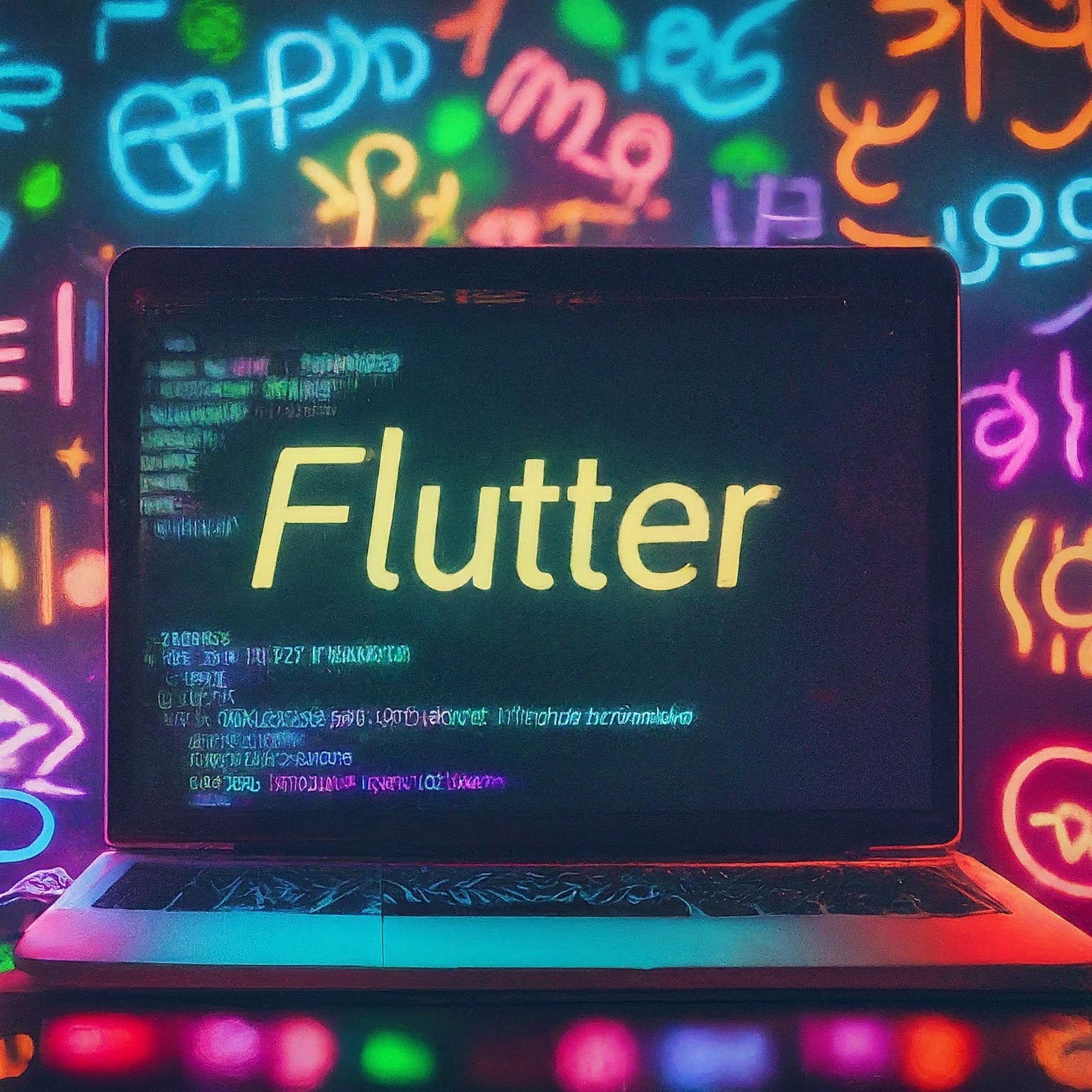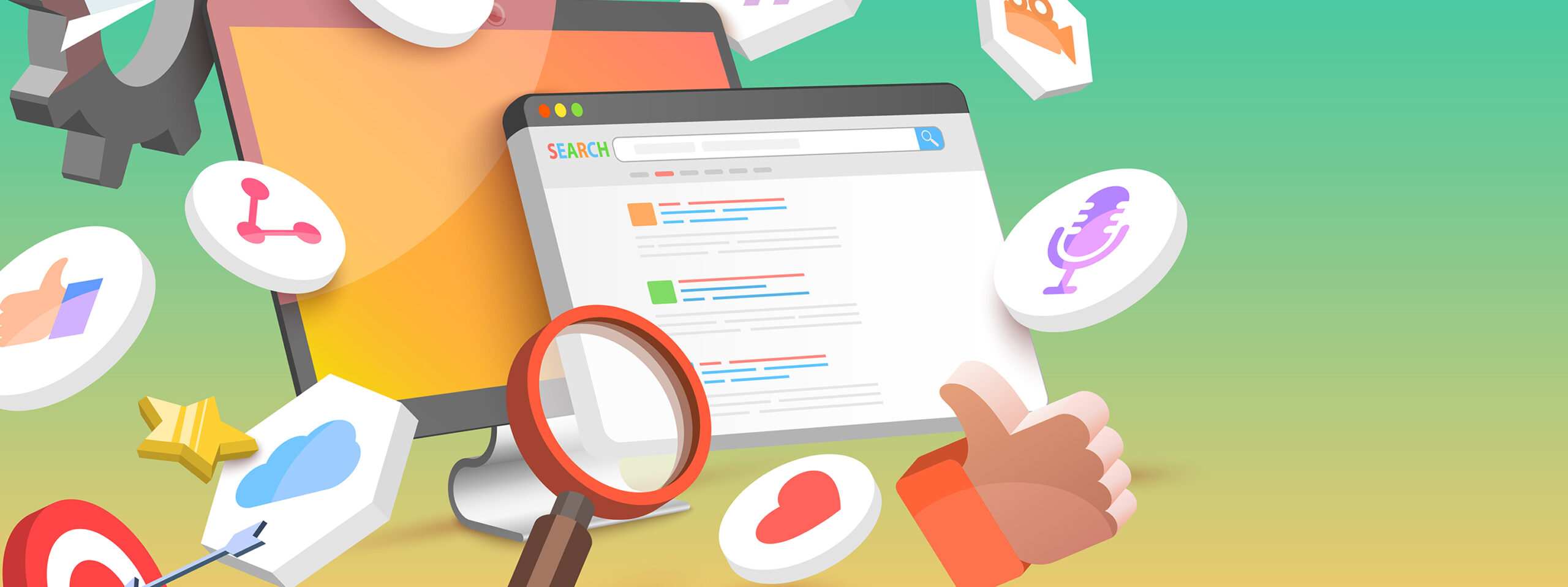Flutter has rapidly become one of the most popular frameworks for building cross-platform mobile applications. Its simplicity, performance, and rich set of features make it a great choice for developers. This road map will guide you through learning Flutter in 90 days, breaking down key concepts into manageable phases. By the end of this journey, you'll be able to build fully functional apps for Android, iOS, and beyond.
1st Month
1st Week
Objective: Familiarize yourself with Flutter, Dart, and cross-platform development.
Key Concepts:
What is Flutter and its advantages?
Installation of Flutter SDK and Dart on your machine (Windows, macOS, Linux).
Setting up an IDE (VSCode, Android Studio, or IntelliJ).
Running the first "Hello World" Flutter app.
Understanding Flutter's project structure.
Resources:
Flutter Documentation
Dart Language Tour
2nd Week
Objective: Master Dart basics, the language used in Flutter.
Key Concepts:
Data types, variables, operators.
Control flow (if-else, loops).
Functions and methods.
Object-oriented programming: classes, objects, inheritance.
Async programming: Futures, async, await.
Resources:
Dart Programming Language Guide
3rd Week
Objective: Dive into Flutter widgets and build simple UIs.
Key Concepts:
Stateless vs. Stateful widgets.
Common widgets: Text, Image, Button, Container, Column, Row, ListView.
Handling user inputs (TextField, Forms).
Layout and positioning (padding, margin, alignment).
Projects to Try:
Build a basic login page.
Create a simple to-do app.
Resources:
Flutter Widget Catalog
4th Week
Objective: Learn state management to handle data flow in your app.
Key Concepts:
The concept of state in Flutter.
Lifting state up.
setState() and InheritedWidget for managing state.
Introduction to popular state management solutions like Provider and GetX.
Projects to Try:
Build a counter app with state management.
Add a form validation feature to your login page.
2nd Month
5th Week
Objective: Learn how to navigate between different screens.
Key Concepts:
Flutter's Navigator and Route system.
Named routes.
Passing data between screens.
Managing backstack and screen history.
Projects to Try:
Build a multi-screen app, like a shopping list with a details page.
6th Week
Objective: Fetch data from the internet and display it in your app.
Key Concepts:
Introduction to HTTP requests using http or dio packages.
Fetching data from REST APIs.
Parsing JSON in Dart.
Displaying dynamic data using FutureBuilder and StreamBuilder.
Projects to Try:
Build a weather app that fetches data from a public API.
Resources:
JSON and Serialization
7th Week
Objective: Integrate Firebase into your Flutter app.
Key Concepts:
Setting up Firebase for your Flutter project.
Using Firebase Authentication for user sign-in and sign-up.
Realtime Database vs. Firestore.
Uploading and retrieving data from Firestore.
Projects to Try:
Build an authentication system with Firebase.
Store and display user data in your app using Firestore.
Resources:
Firebase for Flutter
8th Week
Objective: Learn to build complex UIs and animations.
Key Concepts:
Custom widgets and UI design patterns.
Animation basics: AnimatedContainer, AnimatedOpacity, Hero.
Creating smooth transitions between screens.
Using custom painters and the Canvas API for drawing on the screen.
Projects to Try:
Build an interactive, animated app dashboard.
Create a custom progress indicator with animations.
3rd Month
9th Week
Objective: Deep dive into state management with advanced patterns.
Key Concepts:
Understanding BLoC (Business Logic Component) and GetX.
ScopedModel, Riverpod, and MobX (alternatives to Provider).
Best practices for organizing state in large applications.
Projects to Try:
Refactor an existing app to use a new state management solution (e.g., Provider to BLoC or GetX).
Resources:
State Management in Flutter
10th Week
Objective: Write tests and debug your Flutter apps effectively.
Key Concepts:
Unit tests and widget tests.
Integration testing.
Debugging tools in Flutter.
Handling errors and exceptions.
Projects to Try:
Write unit tests for an existing app.
Set up CI/CD for automated testing.
Resources:
Testing Flutter Apps
11th Week
Objective: Deploy your app to the Google Play Store and Apple App Store.
Key Concepts:
Preparing your app for release (minimizing size, code obfuscation).
Configuring Android and iOS-specific settings.
Creating APKs, AABs (Android), and .ipa files (iOS).
Publishing to Google Play Store and Apple App Store.
Projects to Try:
Deploy an app to the Play Store (use a test account if needed).
Resources:
Deploying Flutter Apps
12th Week
Objective: Focus on building real-world apps and keeping up-to-date with Flutter advancements.
Key Concepts:
Stay up-to-date with Flutter and Dart updates.
Learn new packages and integrate them into your projects.
Work on personal projects or contribute to open-source Flutter apps.
Explore native platform integration using platform channels.
Projects to Try:
Build a complete, real-world app (e.g., e-commerce, social media).
Contribute to open-source Flutter libraries on GitHub.
By following this 90-day Flutter road map, you will have a solid understanding of Flutter and Dart, state management, backend integration, testing, and deployment. You’ll be equipped with the skills to build high-quality, performant cross-platform applications.
The key to mastering Flutter in 90 days lies in practice and consistency. Build projects, explore the documentation, and contribute to open-source projects to continue improving your Flutter skills. Good luck, and happy coding!




